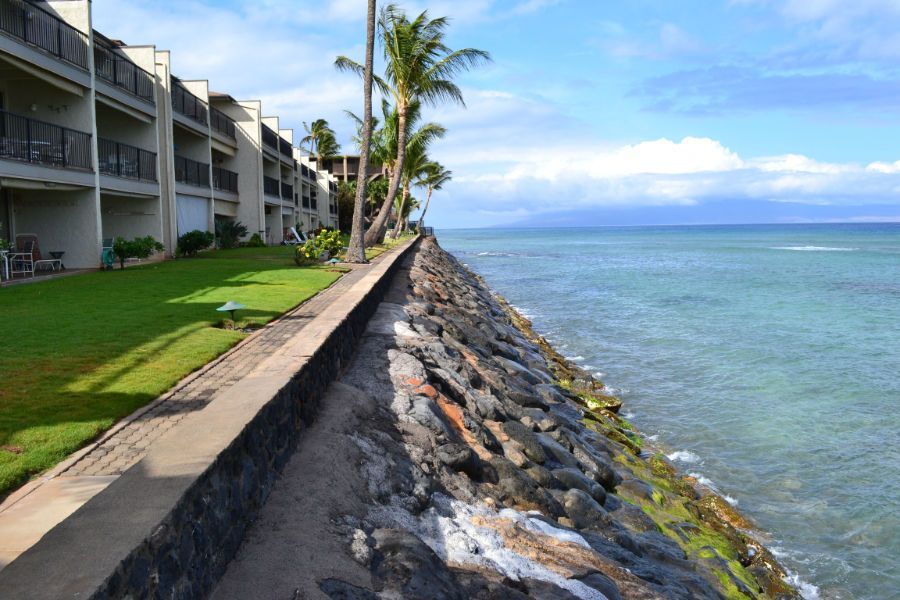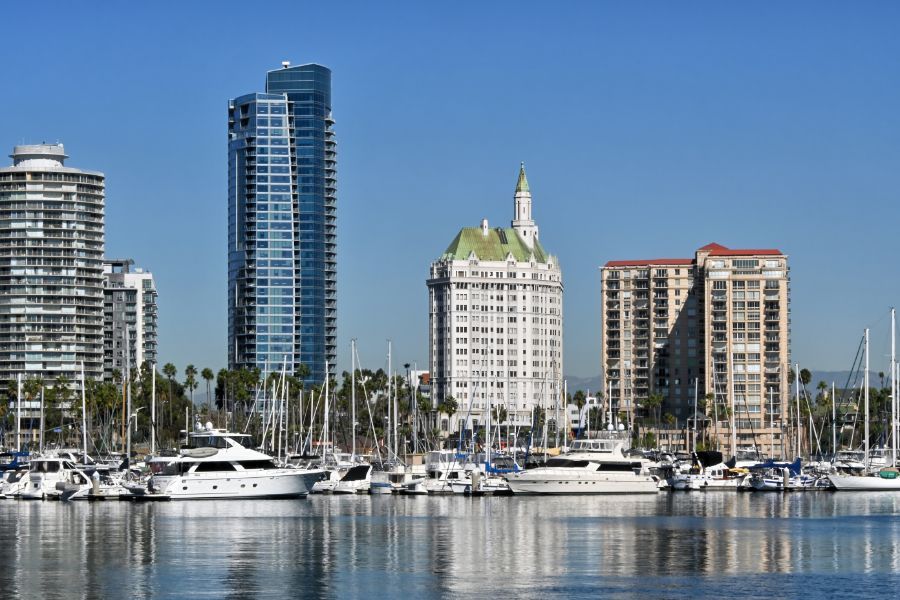What Challenges Come with Owning a Beachfront Property?

Beachfront properties are some of the most lucrative investments for rental properties. However, owning a beachfront property comes with many challenges that, if not taken care of, can drastically affect your bottom line.
Today we will go over five challenges that come with owning property right next to the beach.
Environmental Risks
While waking up in the morning to waves crashing outside of your backdoor is a fantastic feeling, there are environmental risks you need to consider when owning beachfront property.
While Long Beach rarely floods, beachfront property has an elevated water damage risk. If the property is too close to the beach, extreme tides can bring seawater that can damage your property and make it difficult to access the home. If these occurrences are frequent, they can devalue the property greatly. Tropical storms can also damage your property if you’re caught off guard for one. Investing in the appropriate insurance when dealing with beachfront properties is a good idea.
Erosion
Because waterfront properties aren’t as sheltered as other homes, rain and wind can do more damage than you may realize. Acting like an abrasive, the sand can erode paint, wood, and finishes during heavy winds. Due to the proximity to saltwater, unprotected metals will rust and corrode prematurely. When combined, for example, during a storm, the sand can chip away at protective finishes, allowing saltwater to degrade the exposed materials.
Maintenance
Be prepared for frequent maintenance at any beachfront property. For the reasons stated in the erosion section, the home’s exterior will require regular maintenance, far more often than homes within the city.
It doesn’t stop there, however, as the interior of the homes will also require frequent attention. Sand is coarse and rough and gets everywhere, which is no different in homes. Tenants and guests often accidentally drag sand and saltwater into their homes. While unintentional, the sand can scratch hardwood flooring and tear carpeting. Saltwater can damage carpets and cause hinges or other metal hardware to begin to rust. Humidity in beachfront homes is unavoidable, unfortunately. And this can damage untreated wood and even electronics. Maintenance can affect your bottom line far more than in other locations when owning a beachfront property. Keep this in mind when investing in these kinds of properties.
Privacy
The beach is a public space, especially during the hotter seasons. You should expect to deal with many tourists and beachgoers. This can cause a few issues for tenants living on the beachfront property, including issues related to accessing public roads, parking, and privacy. Especially during summer breaks, when children are on vacation from school, the beach tends to get incredibly crowded and loud. Finding a comfortable balance when living in these kinds of properties can be challenging. While there is little that can be done about people visiting the beach during the summer, having dedicated parking and adding soundproofing to the home can go a long way in helping you or your tenants feel less confined.
Investment
Beachfront properties are often considered a luxury, requiring a substantial investment. Besides the initial investment and frequent maintenance, expect to pay a high premium on insurance. As a result of frequent maintenance, you’ll discover that beachfront properties have stringent building codes, meaning you’ll want to invest in tradesmen who specialize in these properties. Not only to keep your property up to code but to ensure that any repairs are done with the natural erosion in mind to allow fixtures and fitting to last as long as possible.
Owning a beachfront property needs thoughtful consideration of these challenges to ensure an enjoyable experience for you and your tenant. If you are looking for proficient tradesmen with beachfront property experience or need a property management company to help you manage a beachfront rental property you own, we invite you to call us today at (562) 888-0247 or fill out our
Owner Application online.





